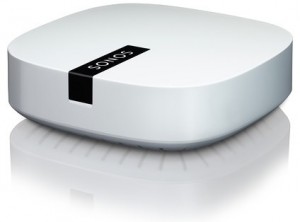 One of Sonos’ strength is its proprietary grid network where at least one component is wired to the network and the remaining units form a wireless grid around the wired ones. The grid is stable but also contributes to radio wave pollution in the home. Now Sonos have updated their software to allow components to connect to an existing wireless network without the leash. The obvious advantage of this new update is that the Bridge in many cases will be obsolete. Should you wish to, however, you can still wire as many components as you wish and thus increase stability. In fact the Bridge will still be available in the future.
One of Sonos’ strength is its proprietary grid network where at least one component is wired to the network and the remaining units form a wireless grid around the wired ones. The grid is stable but also contributes to radio wave pollution in the home. Now Sonos have updated their software to allow components to connect to an existing wireless network without the leash. The obvious advantage of this new update is that the Bridge in many cases will be obsolete. Should you wish to, however, you can still wire as many components as you wish and thus increase stability. In fact the Bridge will still be available in the future.
It may sound strange then, that they will be releasing a new bridge in October. The Sonos Boost. This will be a more powerful version of the Bridge and should be a welcome addition to setups where wifi quality is hampered by large distances or thick walls.
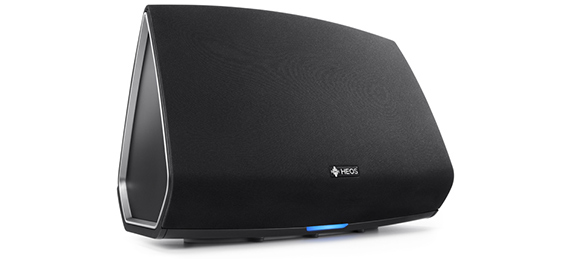
 Foobar2000
Foobar2000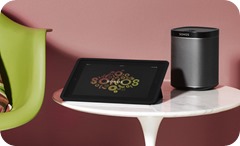 Not entirely unanticipated,
Not entirely unanticipated,  Canadian newcomers (and to some extent, former
Canadian newcomers (and to some extent, former 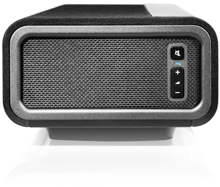
 Cambridge Audio have been lurking in the streamer business for years but have been hard pressed show any appearance on the shop shelves. Now it looks as if they are finally getting to a shop near me with their recently announced Sonata NP30 Network Music Player. The apparatus is neatly designed yet slightly on the conservative side of the front panel fence.
Cambridge Audio have been lurking in the streamer business for years but have been hard pressed show any appearance on the shop shelves. Now it looks as if they are finally getting to a shop near me with their recently announced Sonata NP30 Network Music Player. The apparatus is neatly designed yet slightly on the conservative side of the front panel fence.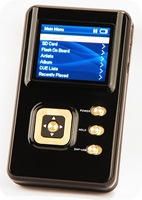 Last year audiophile Fang Bian released a first shot at a true high-fidelity portable audio player (we can’t go around calling it an MP3 player now, can we – let alone a walkman!?) with a slightly bulky exterior boasting some really impressive specs. It even had a detachable amplifier section. Now he has gone and done it again, releasing a somewhat smaller but definitely not less impressively spec’d player. The HM-602 uses a Philips TDA-1543 dual DAC to support 24bit/96KHz
Last year audiophile Fang Bian released a first shot at a true high-fidelity portable audio player (we can’t go around calling it an MP3 player now, can we – let alone a walkman!?) with a slightly bulky exterior boasting some really impressive specs. It even had a detachable amplifier section. Now he has gone and done it again, releasing a somewhat smaller but definitely not less impressively spec’d player. The HM-602 uses a Philips TDA-1543 dual DAC to support 24bit/96KHz